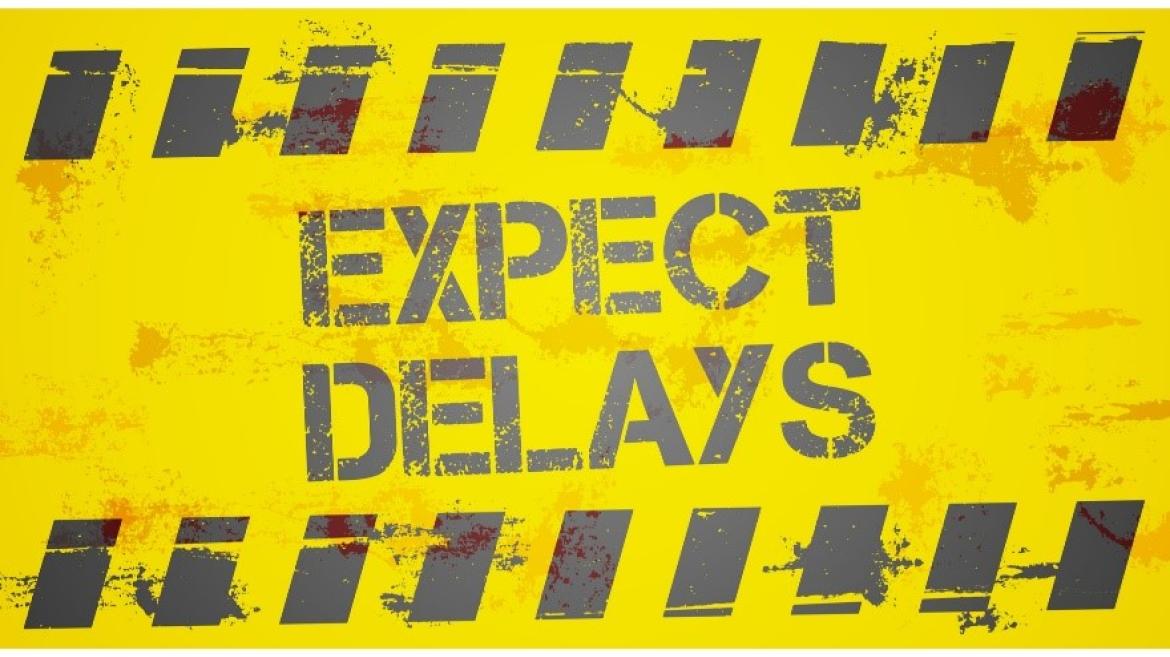Schedule Delay Analysis | Reliable Engineering or Abstract Art?

Construction projects can be complex and involve multiple stakeholders, each with their own interests and goals. When delays occur, it can be challenging to determine the cause and extent of each critical delay and to equitably allocate responsibility.
Forensic schedule analysis techniques provide a framework for analyzing delays and determining their impact on the project’s schedule, but many of those techniques do not produce consistent and reliable results. Some techniques are more art than science.
In the US and globally, the practice of schedule delay analysis is complicated by the existence of multiple competing consensus documents. The Society of Construction Law published the first of these in 2002, followed by AACE International in 2007, and ASCE in 2017. SCL and AACE have since published updates to their original documents, and ASCE is currently working on its first update.
The three documents are similar in many respects, each stating in its own words that the critical path is dynamic; delays should be evaluated based on the contemporaneous critical path; delays must be critical to merit time extensions; and concurrent delays are generally excusable but not compensable. Each document states that particular contracts and laws govern over these general rules.
Differences in the documents arise in their approach to the details of analysis, many of which would be considered arcane by anyone other than an experienced practitioner. Even among those practitioners, many differences of opinion arise only through interpretation of what the documents might imply rather than a plain reading of the words as written.
For example, some commentators have disparaged the AACE document for discussing the impacted-as-planned technique, despite the fact that AACE explicitly states that the technique “is of limited reliable use.” Those attacks are misguided because clear discussion of extant practices, even poor ones, is necessary for the industry to reach consensus on reliable techniques.
Other challenges include the lack of detailed examples in the consensus documents. Readers must determine how to apply the guidance, much of which is subject to varying interpretations, even among experts. The documents lack a clear position regarding if and when observational analysis is preferable to modeled analysis. The former approach identifies delay events and measures their impacts by isolating critical variances between the contemporaneous critical path and actual progress. The latter approach begins with the identification of delays based on project records and then adds or subtracts activities in the schedules to measure the impact of each delay.
AACE provides the greatest level of detail regarding the data necessary for each approach, how to evaluate reliability, and the strengths and weaknesses of each technique. At this greater level of detail, more differences of opinion emerge, but these details are necessary if the guidance is to lead to consistent application. Summary guidance is not enough.
The development of reliable principles and methods requires robust discussion and points of reference. To that end, SCL, AACE International, and ASCE must work together more closely to form a true consensus on schedule delay analysis. Responsible professionals should continue to drive toward techniques based on scientific and technical principles with a firm foundation. We must continue to move toward reliable engineering and away from abstract art.
